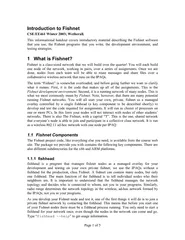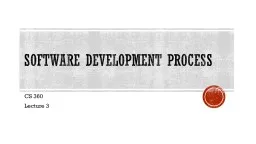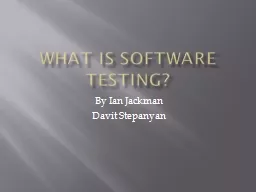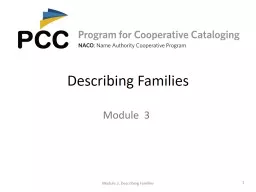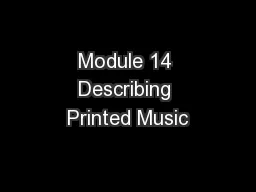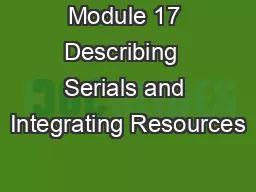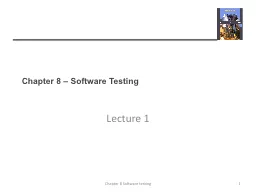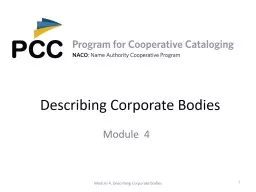PDF-Page 1 of 5 This informational handout covers introductory material describing the Fishnet
Author : danika-pritchard | Published Date : 2015-07-21
Page 2 of 5 112 libfisha The fish library implements all of the Fishnet functionality that you will need for your assignments When you send a message using the function
Presentation Embed Code
Download Presentation
Download Presentation The PPT/PDF document "Page 1 of 5 This informational handout c..." is the property of its rightful owner. Permission is granted to download and print the materials on this website for personal, non-commercial use only, and to display it on your personal computer provided you do not modify the materials and that you retain all copyright notices contained in the materials. By downloading content from our website, you accept the terms of this agreement.
Page 1 of 5 This informational handout covers introductory material describing the Fishnet: Transcript
Download Rules Of Document
"Page 1 of 5 This informational handout covers introductory material describing the Fishnet"The content belongs to its owner. You may download and print it for personal use, without modification, and keep all copyright notices. By downloading, you agree to these terms.
Related Documents

